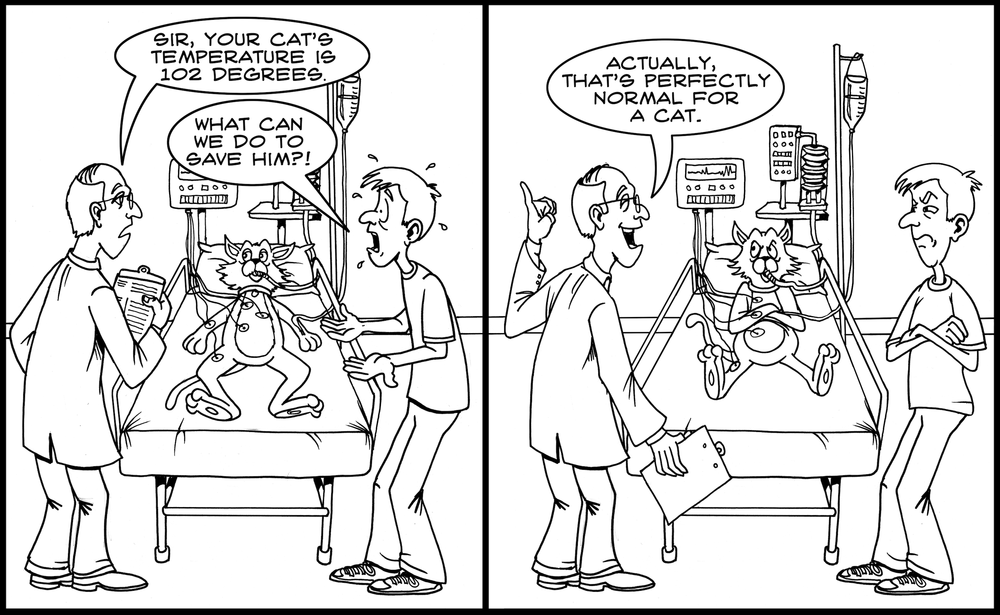Chapter 14. Testing and Readability

In this chapter, weâre going to show you simple techniques to write neat and effective tests.
Testing means different things to different people. In this chapter, we use âtestâ to mean any code whose sole purpose is to check the behavior of another (ârealâ) piece of code. Weâre going to focus on the readability aspect of tests and not get into whether you should write test code before writing real code (âtest-driven developmentâ) or other philosophical aspects of test development.
Make Tests Easy to Read and Maintain
Itâs just as important for test code to be readable as it is for nontest code. Other coders will often look at the test code as unofficial documentation of how the real code works and should be used. So if the tests are easy to read, users will better understand how the real code behaves.
Key Idea
Test code should be readable so that other coders are comfortable changing or adding tests.
When test code is big and scary, hereâs what happens:
Coders are afraid to modify the real code. Oh, we donât want to mess with that codeâupdating all the tests would be a nightmare!
Coders donât add new tests when they add new code. Over time, less and less of your module is tested, and you are no longer confident that it all works.
Instead, you want to encourage users of your code (especially you!) to be comfortable with the test ...
Get The Art of Readable Code now with the O’Reilly learning platform.
O’Reilly members experience books, live events, courses curated by job role, and more from O’Reilly and nearly 200 top publishers.

